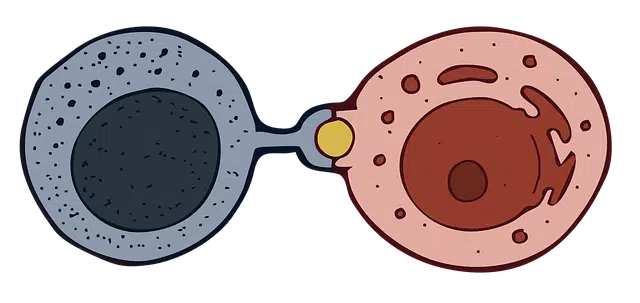
Chemotaxis is a reaction of cells to certain chemical agents.
Chemotaxis is the reaction of some cells to the concentration of certain chemical agents in the environment . This phenomenon allows, for example, a bacteria to go towards the area where there is a greater amount of food substances and away from the place where there are toxic elements.
Chemotaxis, therefore, is very important for the survival, development and reproduction of species. When the movement that drives chemotaxis occurs toward the site where there is a higher concentration of the chemical agent, we speak of positive chemotaxis . On the other hand, if the organism moves in the opposite direction, we are faced with a case of negative chemotaxis .
The movement of sperm towards the egg , the attraction caused by pheromones and the reaction of a leukocyte to a wound are some cases of chemotaxis.
What is chemotaxis?
Chemotaxis, described since the last decades of the 19th century , consists of cell migration . This is an essential physiological response, enabled by the receptors present even in single-celled organisms .
According to chemotaxis and its eventual modification, it is possible for an organism to suffer an infection or another type of disorder. In some diseases, chemotaxis can be altered, as occurs when a cancer develops metastasis . In certain cases, chemotaxis is even a consequence of the disease itself.
It should be noted that it is possible to quantify chemotaxis through various methods and evaluations that allow different assays to be developed. What these assays do is evaluate the chemotactic capacity of each cell.

The advancement of sperm towards the egg occurs thanks to chemotaxis.
The trials
The experimental instrument used to evaluate the chemotactic ability of eukaryotic or prokaryotic cells is known as the chemotaxis assay , and its application contemplates a large number of techniques, some of which are qualitative (researchers have the possibility of determining which cells evaluate chemically or leave aside) and others, quantitative (they offer very detailed data about the intensity of the responses).
With respect to quality control , the most important thing when studying a ligand (a coordination complex formed from a molecule or ion attached to a central metal atom) and a cell model is usually time calibration incubation ; A short one prevents cells from remaining in the sample, while a long one produces an alteration in the concentration measurements of the substances, as well as in the chemotactic and chemokinetic responses.
Chemotaxis Test Quality Control Techniques
There are two groups of quality control techniques :
* in agar plate : it is a type of evaluation that consists of the use of semi-solid cultures with gelatin or agar-agar, which are cut into thin layers and filled with the substance and test cells. It is possible that cells migrate in the direction of the chemical gradient of said layer, and also below it. Certain variations of this technique, such as the so-called PP , use the presence of channels (three or more, in this case) and wells connected to each other prior to the beginning of the experiment .
The PP technique can have a circular shape, and in this case it makes possible the preferential study of the ligands or the comparison of the activity of the various cell populations with each other. It is possible to count cells that give a positive response after staining , migration or with the help of an optical microscope under normal conditions;
* two chambers : two chambers are isolated with the help of filters to precisely observe the way in which chemotaxis develops. The lower chamber is filled with the test substance while the mobile cells are located in the upper chamber.
